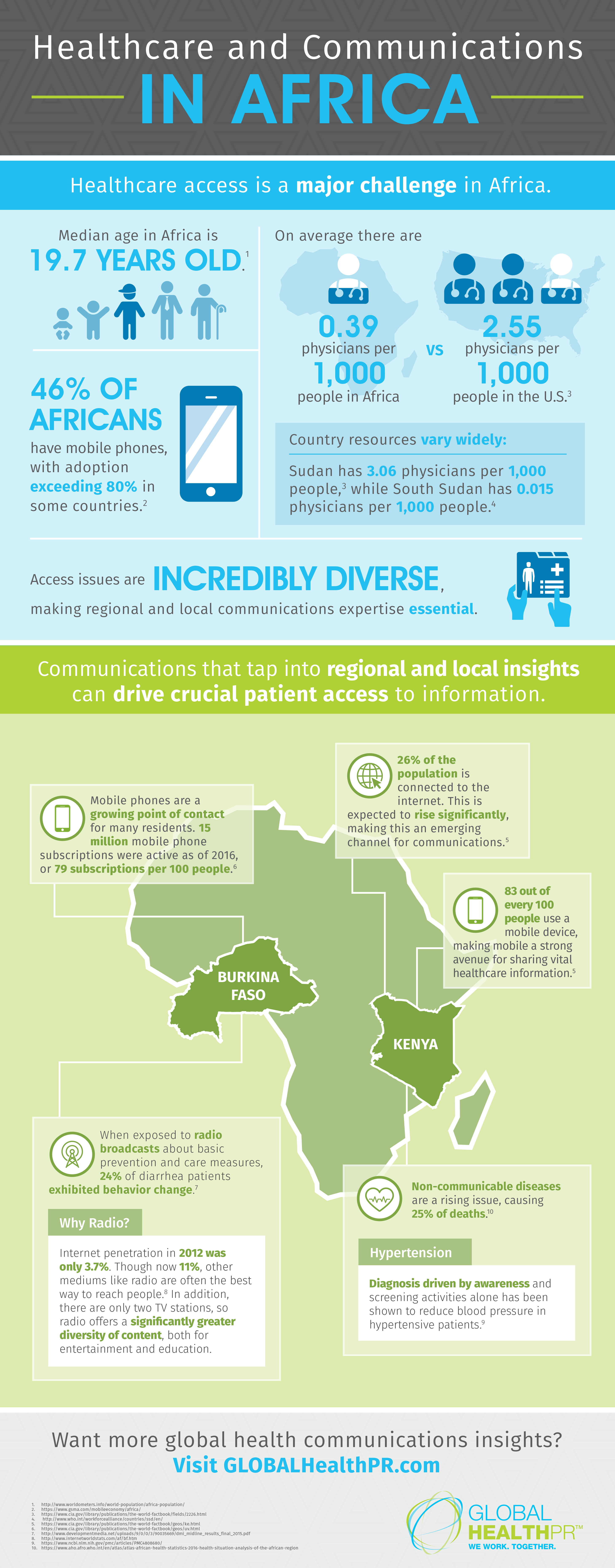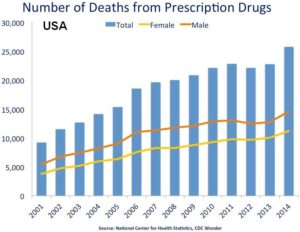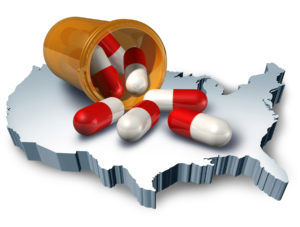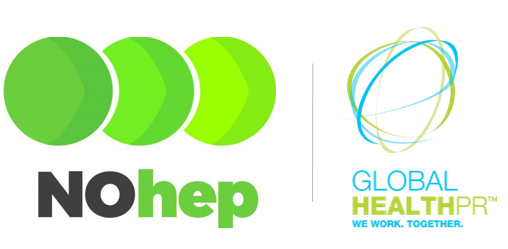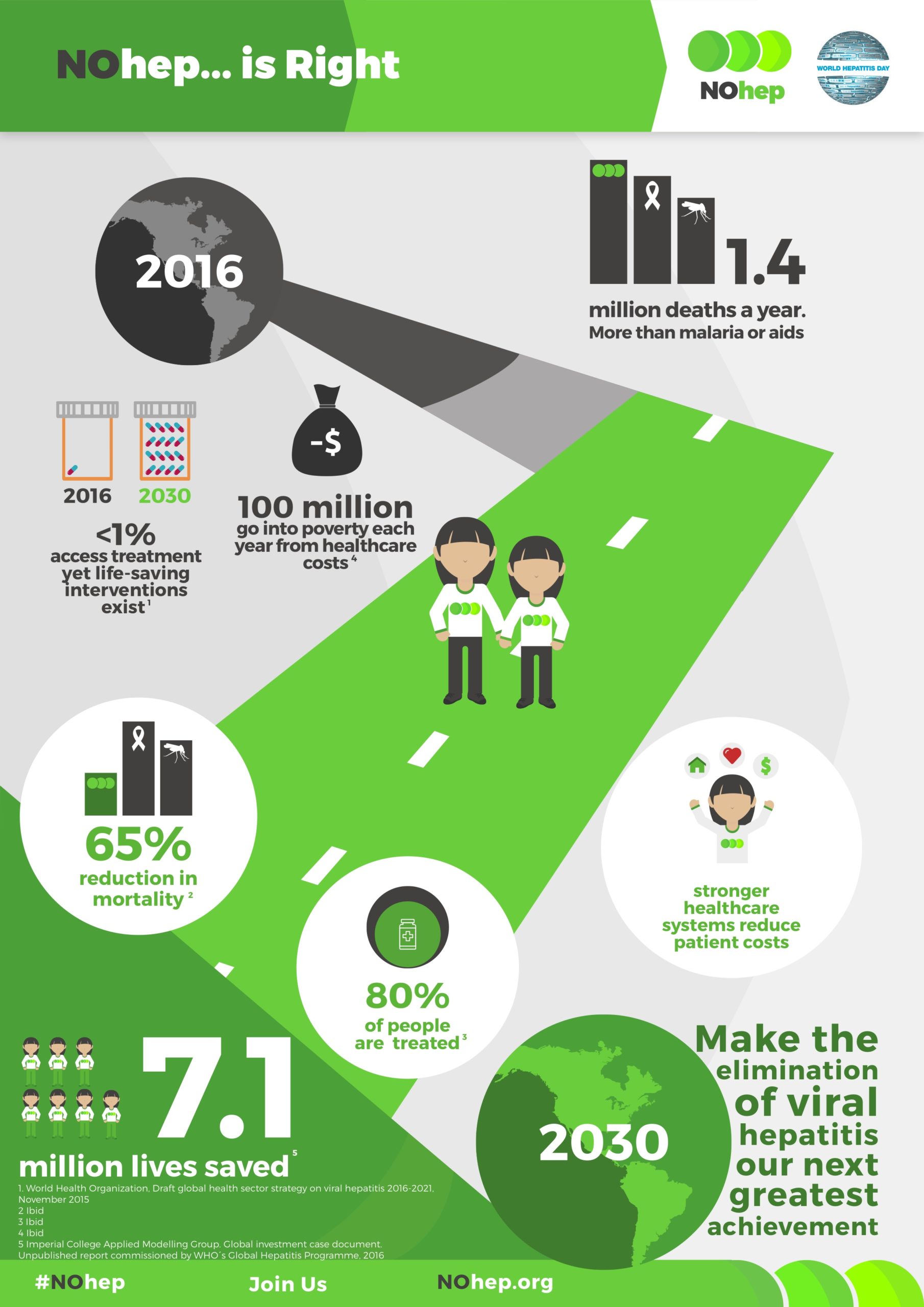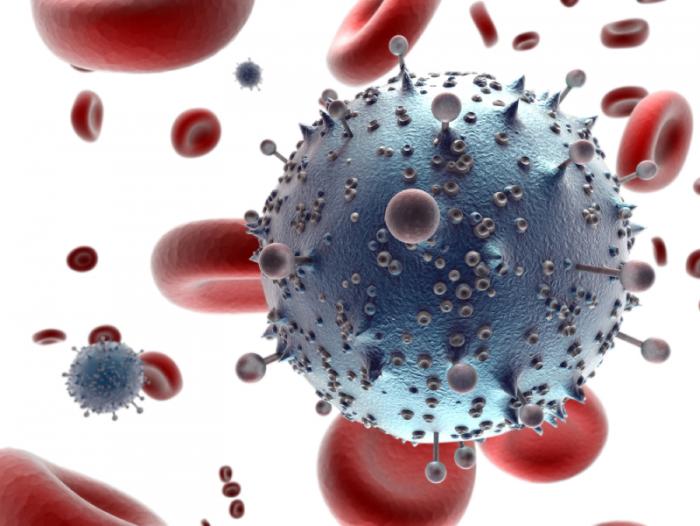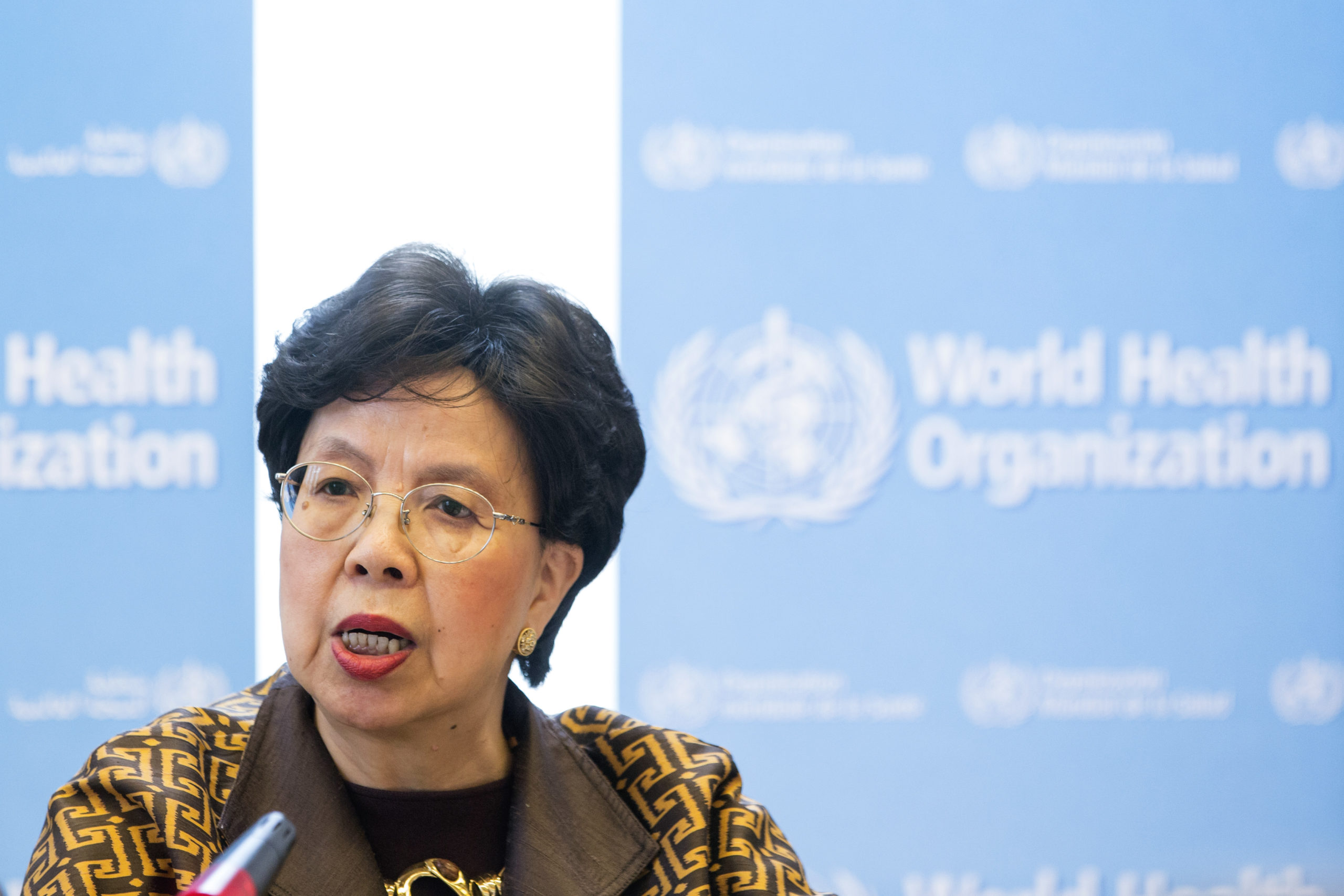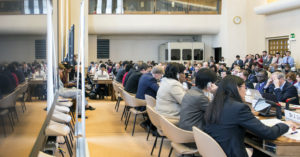Seng becomes the first non-physician bestowed with the SAM Award for contributions to advance the understanding and treatment of Progeria, an ultra-rare rapid ageing condition
BOSTON (April 30, 2018) – GLOBALHealthPR, the world’s largest partnership of independent health and life-science communications agencies, today announced its co-founder and chair, John J. Seng, has been awarded the 2018 SAM (Science And Medicine) Award by The Progeria Research Foundation (PRF). Seng received the honor for his contributions towards finding the cause, treatment and cure for children with Progeria, a rare, fatal genetic condition of accelerated ageing in children. Seng accepted the recognition on Saturday, April 28, at PRF’s Night of Wonder bi-annual gala in Boston.

Seng is the founder of GLOBALHealthPR, as well as Spectrum Science Communications, a leading health and science public relations agency in the United States. Long considered an influential leader in the healthcare communications landscape, Seng’s vision has remained consistent since day one: to lead an agency focused solely on health and science communications, affording the freedom to put clients first and empowering employees to do their best work, all to the benefit of the patients.
“John has been an amazing friend to PRF, Sam and all children with Progeria worldwide,” said Leslie Gordon, Co-Founder and Medical Director of The Progeria Research Foundation. “For the past 15 years, John has been instrumental in advancing PRF’s mission to discover treatments and the cure for Progeria. The efforts of Spectrum and GLOBALHealthPR have helped us tell the stories of our scientific progress, raise money for research and identify patients in all corners of the world living with this incredibly rare disease. We’re proud to call John a tremendous partner and to acknowledge his remarkable leadership, passion and commitment as we present him with the SAM Award in recognition of the many lives, past, present and future, that he and his teams have touched.”
John and Spectrum, along with the GLOBALHealthPR partners, have been involved in spreading the news throughout the world for every major announcement of PRF’s progress, from the discovery of the Progeria gene in 2003 to the premier of HBO’s “Life According to Sam,” which tells the remarkable story of Sam Berns.
In 2009, experts estimated that as many as 200 children were living with Progeria worldwide at any given time, yet only 50 were identified and known to PRF. With this in mind, Seng led GLOBALHealthPR in spearheading the Find the Other 150 campaign in collaboration with PRF. Network partners embarked on a proactive, international campaign using traditional and social media to educate communities on Progeria and its symptoms, with the goal of leaving no child undiagnosed. The campaign has been overwhelmingly successful, helping PRF to identify children throughout the world. These newly identified children move on to enroll in the PRF International Registry, Diagnostics Program and PRF-funded clinical treatment trials, all to advance the understanding and treatment of Progeria.
“On behalf of my colleagues at Spectrum and GLOBALHealthPR worldwide, I’m incredibly humbled to accept this award and to have had the opportunity to help make a difference in Progeria research,” said Seng. “The hope and optimism shown by children with Progeria, their families and PRF inspire me and the legions of colleagues who stand with me in the commitment to find a cure,” said Seng.
Prior to 2018, the SAM Award had been given only twice in seven years. The first recipient was Dr. Francis Collins, Director of the National Institutes of Health, who led the discovery of the gene that causes Progeria; the second was Dr. Monica E. Kleinman of Boston Children’s Hospital, the Co-Chair of the Progeria clinical drug trials.
About GLOBALHealthPR®
GLOBALHealthPR is a partnership of independently owned and operated health and science communications agencies that choose to work together based on common values. With more than 600 health-specialist communications professionals, researchers and medical advisors on staff serving more than 200 organizations globally, the agencies that make up the partnership share a belief in insights-driven strategies and a commitment to collaboration in order to provide clients the best possible counsel and execution. GLOBALHealthPR’s presence spans more than 40 countries covering Europe, North America, Latin America, the Middle East, Africa and the Asia-Pacific regions. For more information, visit www.globalhealthpr.com or follow us on Twitter: @GLOBALHealthPR.
MEDIA CONTACT:
Amir Khan
+1 212-899-9730

